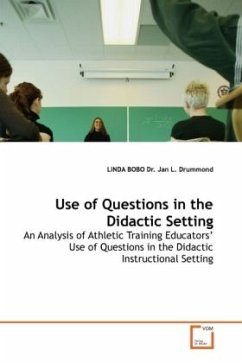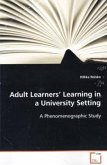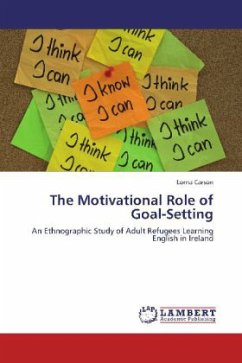In many medical education programs, practitioners
are placed in classrooms to deliver quality
teaching. The focus of this study was to observe
student-teacher interactions in didactic Athletic
Training courses. Experienced and inexperienced
athletic training educators located at universities
in the southern United States were observed a total
of nine observations each, along with the student
participants. The researcher performed real time
observations while using the Question-Response-Probe
Sequential Event System-Athletic Training instrument
to record student-teacher interaction patterns. Data
generated was descriptively analyzed to identify
relationships of student-teacher interaction
patterns across observations. Summary statistics and
rates per minute were also calculated. The findings
of this investigation revealed that both
experiential ATE groups asked more convergent
questions than divergent questions, did not allow
for a teacher wait-time greater than three seconds,
and was deficient in providing teacher probe
methods. Both experiential ATE groups had high mean
percentages for the same student-teacher interaction
patterns.
are placed in classrooms to deliver quality
teaching. The focus of this study was to observe
student-teacher interactions in didactic Athletic
Training courses. Experienced and inexperienced
athletic training educators located at universities
in the southern United States were observed a total
of nine observations each, along with the student
participants. The researcher performed real time
observations while using the Question-Response-Probe
Sequential Event System-Athletic Training instrument
to record student-teacher interaction patterns. Data
generated was descriptively analyzed to identify
relationships of student-teacher interaction
patterns across observations. Summary statistics and
rates per minute were also calculated. The findings
of this investigation revealed that both
experiential ATE groups asked more convergent
questions than divergent questions, did not allow
for a teacher wait-time greater than three seconds,
and was deficient in providing teacher probe
methods. Both experiential ATE groups had high mean
percentages for the same student-teacher interaction
patterns.








